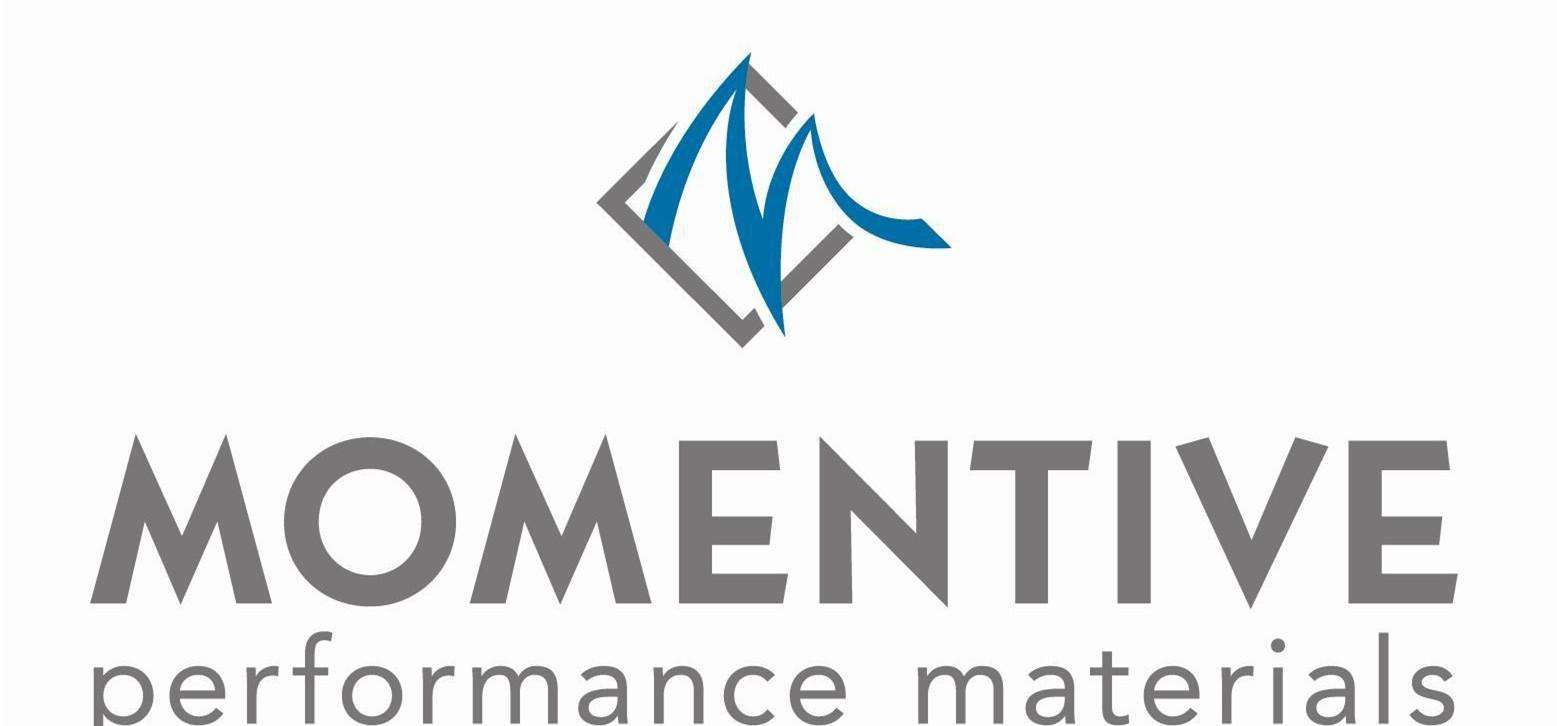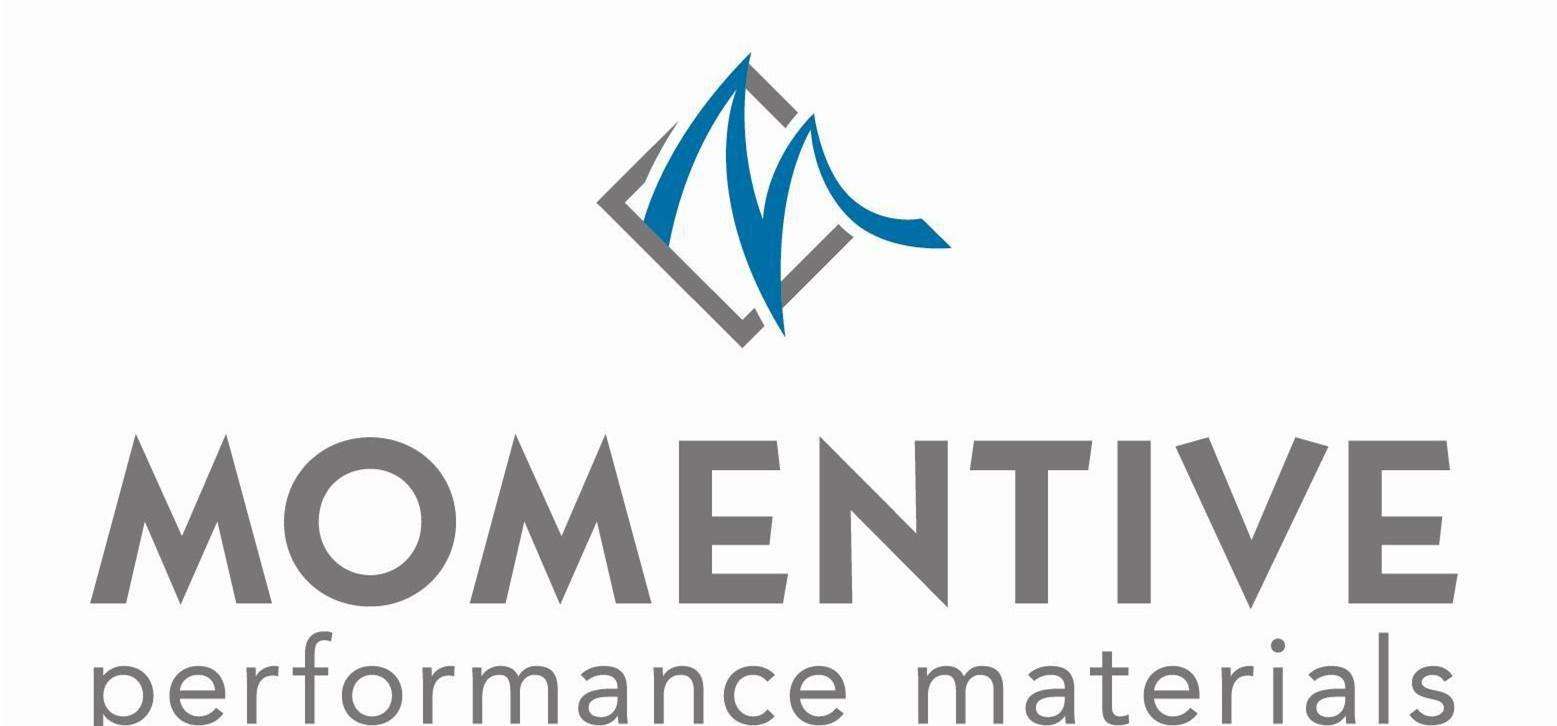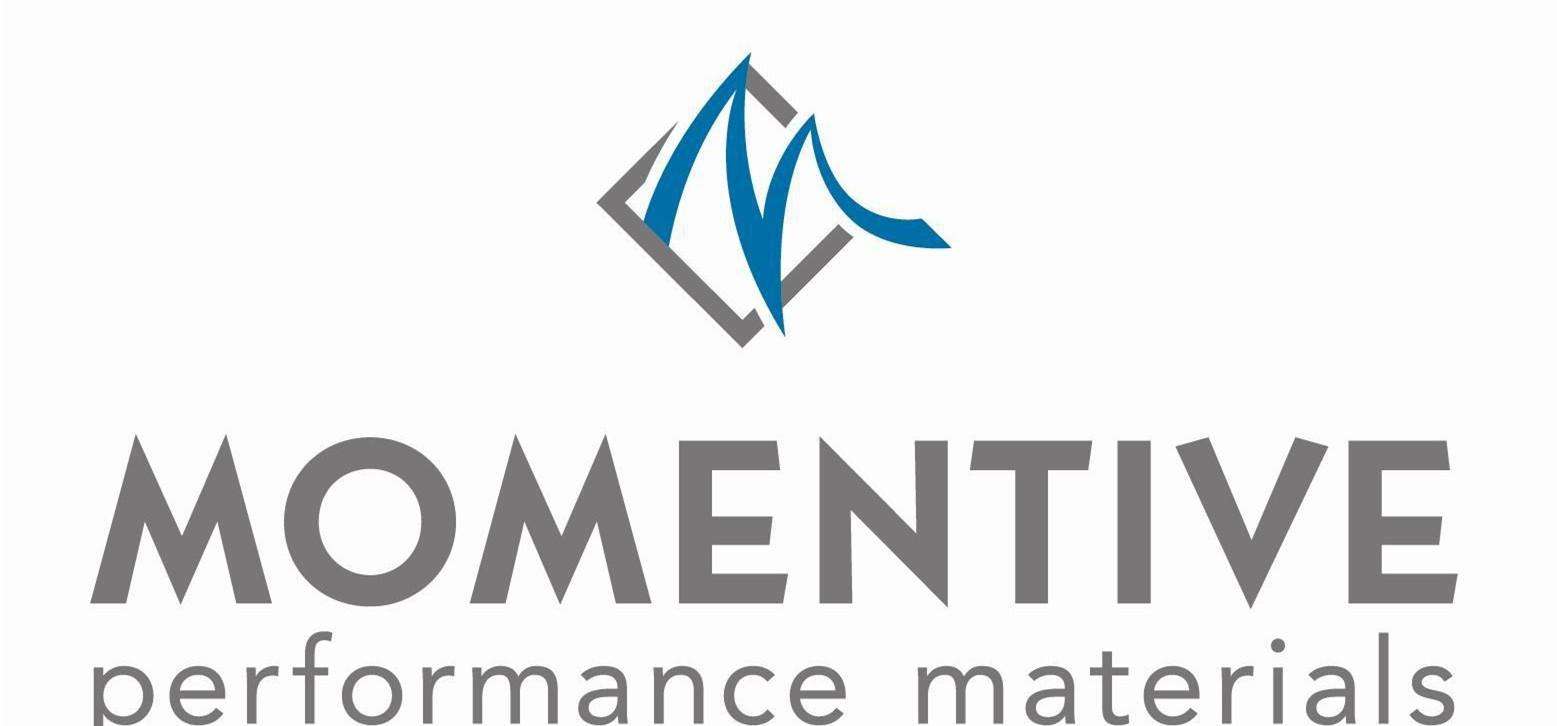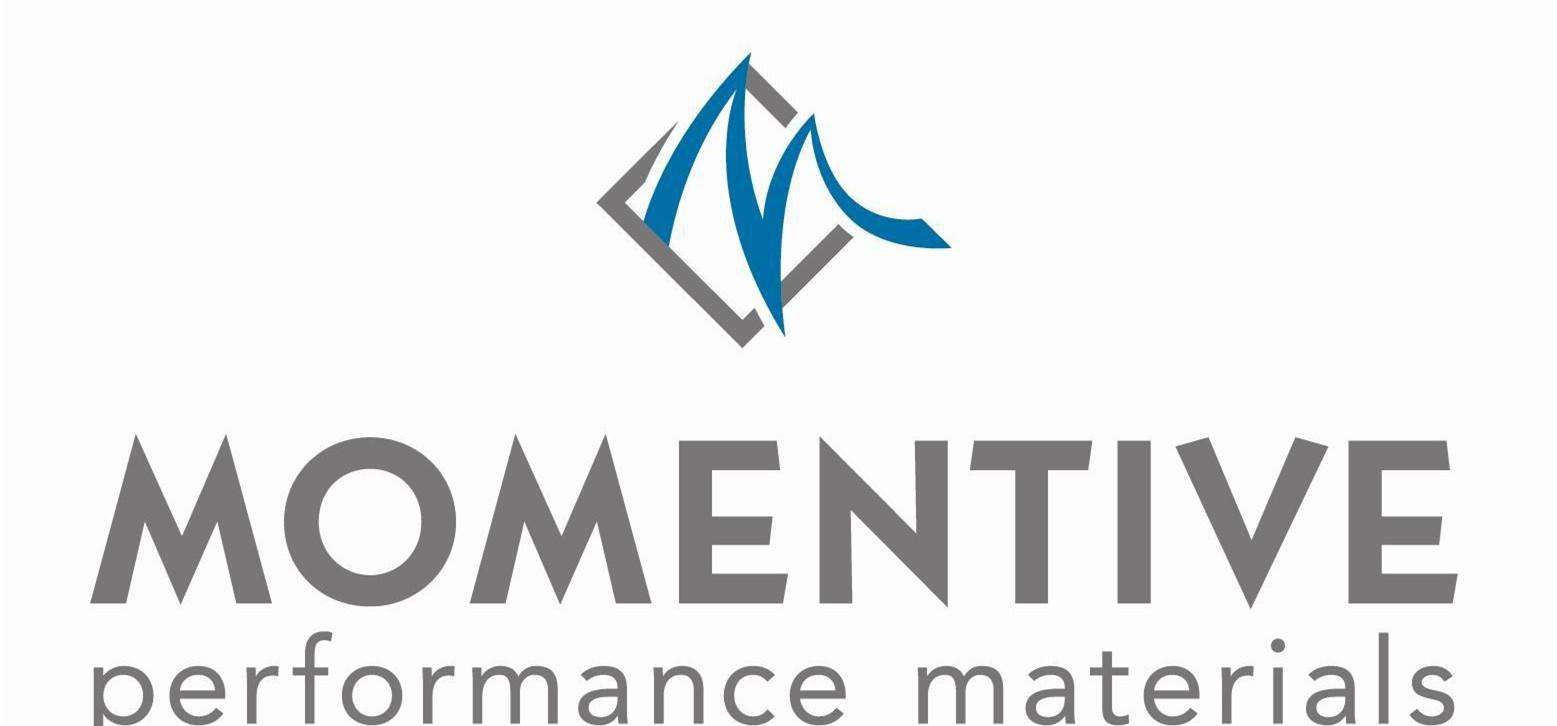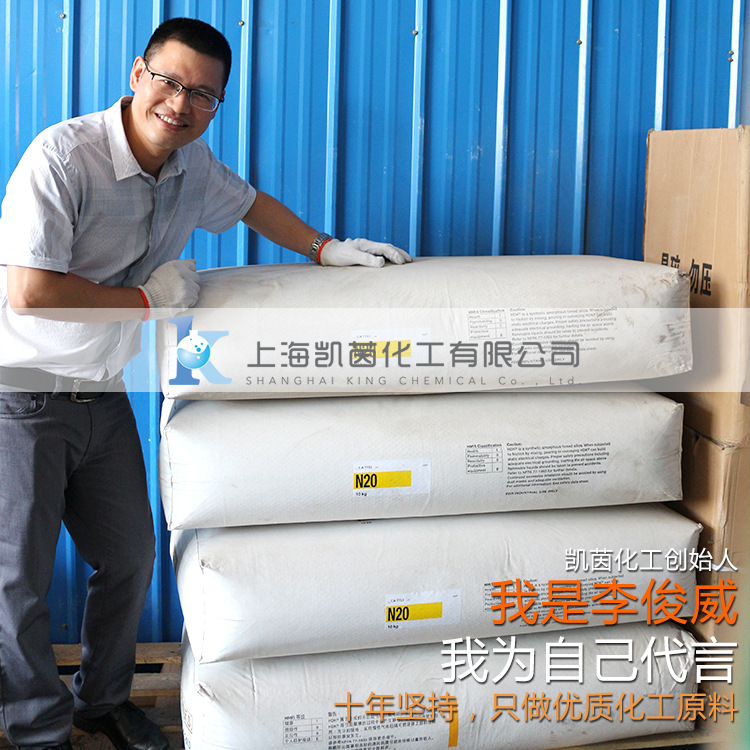

- 水性油墨中,加入蜡乳液与
- 农药原料中常用的三氯乙酸
- 分散剂在涂料中的八大作用
- 二氯乙酸是怎么制成的?二
- 水性涂料选择分散剂该注意
- 一篇文章让你读懂什么是氯
- 抗静电剂在涂料工业中的应
- 什么是过乙酸?过乙酸的用
- 知道增稠剂与流平剂之间的
- 一文了解乙酸酐在不同行业
- ”硬脂酸、PE蜡和石蜡“在
- 一文读懂冰乙酸!冰乙酸的
- 膨润土改性及其在环境治理
- 橡塑行业常用的溶剂,乙酸
- 工业防锈水性防锈剂研究与
- 甲酸在印染工业中的应用,
- 乳化剂np10的性能与应用
- 钨酸的作用?钨酸的性质及
- 一文读懂消光粉的三大用途
- 皮肤碰到氟硅酸了怎么办?
- 关于硅酸你了解多少?硅酸
- 神奇!氯磺酸的作用范围竟
- 胶粘剂行业竞争激烈,水性
- 高氯酸你了解多少?高氯酸
- 偶联剂和交联剂、相容剂在
- 氢溴酸的性能及用途介绍
- 无水氢氟酸有什么作用?无
- 氢氟酸你了解多少?氢氟酸
- 消泡剂在混凝土中的应用
- 水溶性消泡剂与油性消泡剂
陶氏杜邦打算出售纤维素乙醇业务
当“无畏号”在挪威弗里耶尔峡湾蓝宝石色的海面上缓缓行驶时,陪护的拖船向天空喷射着水流,以“通报”它的到来。在甲板下的巨大低温贮罐中,这艘船只运载了27500立方米液态乙烷——足以填满11个奥运会游泳池。“无畏号”还带来了一条讯息,那就是其船身一侧涂着的巨大大写字母——“页岩气会带来革命”。
“无畏号”在2016年3月的到来实现了页岩气从美国到欧洲的S次船舶运输,并且标志着一个新兴商业领域的开启。在此之后,更多的长达180米的巨型船只陆续起航,在大西洋上形成了运输乙烷的“虚拟管道”。这种通过对页岩沉积物进行水力压裂并从地下抽取的气体,并不是为了向发电站或家用炉灶提供燃料。相反,它将被转换成制造包括塑料、衣服、黏合剂和药物在内的诸多产品所需的化学基本成分。
“无畏号”的航行充分证明了美国的页岩气正在以非常低廉的价格重塑化学行业并且改变着无数制造品的来源。几十年来,这个行业的原材料主要来自原油。化厂将原油中的长碳氢化合物分子分解,以产生各种较小分子的“大杂烩”,比如乙烯、丙烯和苯。而它们都是聚合物的重要原料。
然而,主要由甲烷、乙烷和丙烷构成的页岩气正在改变这一路径。它的储量是如此的丰富,以至于将这些分子的成本大大降低。其中一些正在取代大的碳氢化合物,成为工业合成推荐的原材料。
乙烷革命
尽管乙烷只占页岩气的一小部分,但迄今为止它对化学工业产生了好大影响。这是因为化学家能很容易地利用它生产乙烯。乙烯被用于制造各种聚乙烯,并且是诸如聚氯乙烯、聚苯乙烯等其他塑料的前体。全世界对这些塑料的需求是如此“贪婪”,以至于化学工业每年生产约1.5亿吨乙烯——远超任何一种化学原料。
化学工业的大多数过程要用到催化剂。不过,乙烯可通过蒸汽裂解乙烷或者较大碳氢化合物被轻松生产出来。在上世纪20年代被S次提出的蒸汽裂解法是一个简单但耗费大量能源的过程。它只需要一些水和850℃的温度。“你要做的基本上就是给它加热。”总部位于纽约的IHS Markit公司行业分析师Jeffrey Plotkin介绍说,“整个流程的核心是一个巨大的炉子。所有化学反应都在这里面进行。”
利用页岩气生产乙烷行业的繁荣,驱动化学工业投资近450亿美元用于扩大蒸汽裂解能力。不过,向这种原料的转变也带来了一件令人头疼的事情。当蒸汽裂解装置被填充上来自原油的长碳氢化合物的混合物时,它们会产生大量有用的副产品。然而,当它们利用乙烷作为原料时,产物几乎全部是乙烯。“因此,其他化工原料就会短缺。”Weckhuysen表示。
其中一种原料是丙烯。它是化学工业仅次于乙烯的第二种好重要的产品。丙烯被转变成聚丙烯—— 一种被用于包装和纺织业的塑料,以及诸如丙烯酸等其他聚合物成分。不过,一项估测显示,美国蒸汽裂解装置产生的丙烯在2005~2014年下降了近一半,尽管 全Q需求不断上升。
为对抗这种短缺,化学工业正在寻找其他方法生产丙烯。其中一条主流路线从页岩气组分——丙烷开始。加热和催化剂的结合可将两个氢原子移除,从而将丙烷转变成丙烯。
甲烷的问题
费—托法(FT)利用钴或者铁催化剂以及热量蜡粉产生碳原子拓扑链产物。FT由德国科学家在上世纪20年代提出,被用于制造石油和其他一系列以来自煤的合成气为原料产生的碳氢化合物。
通常,和提炼石油相比,利用这种方法产生运输燃料的成本相对较高。 全Q仅有6座大型FT厂,并且只是因为得益于其邻近大型煤矿或者天然气田以及自身令人难以置信的规模才有经济价值。 全Q好大的FT厂位于卡塔尔,光建造成本便高达190亿美元,同时每天要消耗4500万立方米甲烷——相当于比利时的天然气消耗量。
不过,页岩气行业的繁荣促使化学工程师重新审视FT过程。由于页岩气井通常无法产生足够的天然气来支撑传统的FT厂,因此研究团队和公司开发了能处理适量气体流动的较小反应炉。其中一家厂是位于得克萨斯州休斯顿市的Velocys公司。它开发出可将合成气转变成诸如石脑油、柴油、蜡等物质的5米长反应炉。该公司的反应炉技术被用在位于俄克拉荷马市的美国S座商用微型FT厂中。这座由ENVIA能源公司所属的厂在今年年初开始生产。
对于FT过程来说,温度控制是一大挑战:反应在约180℃下进行,随后会产生大量热量。如果未得到准确控制,反应便会失控,从而将碳原子转变成无用的油烟。为解决这一问题,Velocys公司的反应炉含有一层填满了催化剂或者水的波纹状通道。这使得反应在200℃下稳定进行,因此反应炉可在没有失控反应风险的情况下高效利用催化剂。“它能让你在一个很小的空间内进行很多反应。”Velocys公司商务拓展总监Neville Hargreaves表示。
更加绿色的气体
页岩气行业的繁荣被认为促成了美国化学工业的再次复兴。该国化学工业在化厂和其他基础设施以及研发上投入巨资。对页岩气开采利用技术升级换代的巨大兴趣造就了学术界和产业界之间的多项重要合作。
将实验室成果转化为商业产品是一项持续性的挑战,尽管向开发小型、模块化反应炉转变的趋势正在让这一挑战变得没有那么艰巨。化学工业以保守著称:如果一个过程在实验室里成功了但在工业规模上失败,数吨催化剂可能被浪费,同时厂会被关停数月。“工业界不会冒这种风险,除非它们确定某个过程是行得通的。”Weckhuysen表示。
尽管存在诸多挑战,Weckhuysen仍对页岩气升级将产生巨大影响持乐观态度——不仅对化学工业的流程,还会对环境足迹带来影响。Velocys公司发现,一些正在开发的以页岩气为原料的反应炉技术通过改造,可利用生物原料,比如来自垃圾填埋场的甲烷。与此同时,转向页岩气产生的一些化合物的短缺,会推动化学工业转变生产方式,比如利用作物生产乙醇或者利用木材生产木质素。这一切已经在发生了。例如,2013年,法国轮胎制造商米其林和合作者启动一项耗资5200万欧元的项目,生产来自生物乙醇的丁二烯。
不过,就目前来说,美国的页岩气甲烷还在源源不断地进入世界各地。更多的化学公司正在用船只将页岩气运送到位于欧洲、巴西和印度的目的地。一项估测显示,到2022年,每年将有约800万吨乙烷流经这些虚拟管道。它们将把这场美国化学工业正在经历的革命携带至 全Q其他地方——既带来了挑战,也创造了机遇。(宗华编译)
Chemists try to shale gas into many chemical raw materials
As the "Intrepid" slowly drifted across the sapphire sea of the Fjeldir in Norway, the accompanying tugboat jetted a jet of water to the sky, "it's coming." In a huge low-temperature tank under the deck, the ship carried 27,500 cubic meters of liquid ethane - enough to fill 11 Olympic swimming pools. "Intrepid" also brought a message that the huge capital letters painted on one side of its hull "shale gas will bring revolution".
"Intrepid" First march of shale gas from the United States to Europe was achieved by March 2016 and marks the opening of a nascent business sector. Since then, more giant ships of up to 180 meters have set sail on the Atlantic Ocean to create a "virtual pipeline" for transporting ethane. This gas, which is fractured by shale deposits and extracted from the ground, is not intended to provide fuel to power stations or domestic stoves. Instead, it will be converted into the basic chemical ingredients needed to make many products, including plastics, clothing, adhesives and medicines. The voyage of
"Intrepid" proved that shale gas in the United States is reshaping the chemical industry at a very cheap price and changing the origins of innumerable manufactured goods. For decades, the industry's raw materials mainly come from crude oil. The chemical plant breaks down long hydrocarbon molecules in crude oil to produce a variety of smaller molecules such as "hors d'oeuvres" such as ethylene, propylene and benzene. They are all important raw materials for polymers.
However, shale gas, which is mainly composed of methane, ethane and propane, is changing this path. Its reserves are so abundant that the cost of these molecules is greatly reduced. Some of them are displacing large hydrocarbons and becoming the preferred raw material for industrial synthesis.
Ethane Revolution
Although ethane is only a small part of shale gas, it has so far had the most impact on the chemical industry. This is because chemists can easily use it to produce ethylene. Ethylene is used to make various types of polyethylene, and is a precursor to other plastics such as polyvinyl chloride, polystyrene and the like. The world demand for these plastics is so "greedy" that the chemical industry produces about 150 million tons of ethylene per year - far more than any kind of chemical feedstock.
Most processes in the chemical industry require the use of catalysts. However, ethylene can be easily produced by steam cracking of ethane or larger hydrocarbons. Steam cracking, first proposed in the 1920s, is a simple but energy-intensive process. It only needs some water and a temperature of 850 ° C. "The basic thing you have to do is give it heat. "Jeffrey Plotkin, industry analyst at IHS Markit in New York, said:" The heart of the process is a huge stove. All chemical reactions are carried out in this. "The use of shale gas for the production of ethane has thrived the chemical industry by investing nearly $ 45 billion to expand steam cracking capacity. However, the shift to this raw material has also brought a headache. When a steam cracker is filled with a mixture of long hydrocarbons from crude oil, they produce a large number of useful by-products. However, when they utilize ethane as a feedstock, the product is almost entirely ethylene. "Therefore, other chemical raw materials will be short. "Weckhuysen said.
One of the raw materials is propylene. It is the chemical industry's second most important product after ethylene. Propylene is converted into polypropylene & lt; / RTI & gt; a plastic used in the packaging and textile industries, as well as other polymer components such as acrylic. However, one estimate shows that propene from US steam cracker has fallen by nearly half between 2005 and 2014, despite rising global demand.
To combat this shortage, the chemical industry is looking for other ways to produce propylene. One of the main routes starts with shale gas components & lt; RTI ID = 0.0 & gt; & lt; / RTI & gt; The combination of heating and catalyst can remove two hydrogen atoms, thereby converting propane to propylene.
Methane Problem
Tropsch process (FT) uses cobalt or iron catalysts and heat to generate carbon topological chain products. FT was proposed by German scientists in the 1920s to be used to make oil and a host of other hydrocarbons produced from raw coal from syngas.
In general, the cost of producing transportation fuels using this method is generally relatively high compared to refining petroleum. There are only six large FT plants in the world and are financially valuable simply because of their proximity to large coal or gas fields and their own incredible size. The largest FT plant in the world, located in Qatar, costs as much as $ 19 billion to build light and consumes 45 million cubic meters of methane a day - the equivalent of Belgium's natural gas consumption.
However, the prosperity of the shale gas industry promptedChemical engineer revisits the FT process. Because shale gas wells are often unable to generate enough natural gas to support traditional FT plants, research teams and companies have developed smaller reactors that can handle a moderate amount of gas flow. One of the factories is Velocys, based in Houston, Texas. It has developed a 5-meter-long reactor that turns syngas into substances such as naphtha, diesel, wax and more. The company's reactor technology was used at the nation's first commercial mini FT plant in Oklahoma City. The plant, owned by ENVIA Energy, began production earlier this year.
Temperature control is a major challenge for the FT process: the reaction takes place at about 180 ° C, and then a large amount of heat is generated. Without proper control, the reaction is out of control, turning carbon atoms into useless fumes. To solve this problem, Velocys reactors contain a corrugated channel filled with catalyst or water. This allows the reaction to proceed stably at 200 ° C, so that the reactor can efficiently utilize the catalyst without the risk of runaway reaction. "It lets you do a lot of reactions in a small space. "Neville Hargreaves, director of business development at Velocys, said.
Greener Gas
The prosperity of the shale gas industry is seen as contributing to the revival of the U.S. chemical industry. The country's chemical industry has invested heavily in chemical plants and other infrastructure and research and development. The tremendous interest in the upgrading and utilization of shale gas exploration and production has resulted in a number of important collaborations between academia and industry.
Translating laboratory results into commercial products is a continuing challenge, although the trend toward smaller, modular reactors is making that challenge less difficult. The chemical industry claims to be conservative: If one process succeeds in the lab but fails on an industrial scale, tons of catalyst can be wasted and the factory can be shut down for months. "Industry does not take this risk unless they are certain that a process works. "Weckhuysen said.
In spite of the many challenges, Weckhuysen is still optimistic that shale gas upgrades will have a significant impact-not only on the chemical industry but also on the environmental footprint. Velocys Inc. found that some shale-gas-based reactor technologies under development have been retrofitted to make use of biological feedstocks, such as methane from landfills. At the same time, the shortages of some of the compounds that go to shale gas will push the chemical industry to shift its way of production, such as producing ethanol from crops or using wood to produce lignin. All this is already happening. For example, in 2013, French tire maker Michelin and its collaborators started a project worth 52 million euros to produce butadiene from bioethanol.
However, for the time being, shale gas methane in the United States is still coming into the world continuously. More chemical companies are using ships to deliver shale gas to destinations in Europe, Brazil and India. An estimate shows that by 2022, about 8 million tons of ethane will flow through these virtual pipelines each year. They will bring the revolution the United States is experiencing to the rest of the world - both in terms of challenges and in opportunities. (Zong Hua compilation)

【版权声明】秉承互联网开放、包容的精神,凯茵化工欢迎各方(自)媒体、机构转载、引用我们原创内容,但要注明来源凯茵化工;同时,我们倡导尊重与保护知识产权,如发现本站文章存在版权问题,请将版权疑问、授权证明、版权证明、联系方式等,发邮件至 app@shkingchem.com,我们将第一时间核实、处理,感谢您的配合。
相关产品
【版权声明】秉承互联网开放、包容的精神,凯茵化工欢迎各方(自)媒体、机构转载、引用我们原创内容,但要注明来源凯茵化工;同时,我们倡导尊重与保护知识产权,如发现本站文章存在版权问题,请将版权疑问、授权证明、版权证明、联系方式等,发邮件至 app@shkingchem.com,我们将第一时间核实、处理,感谢您的配合。


